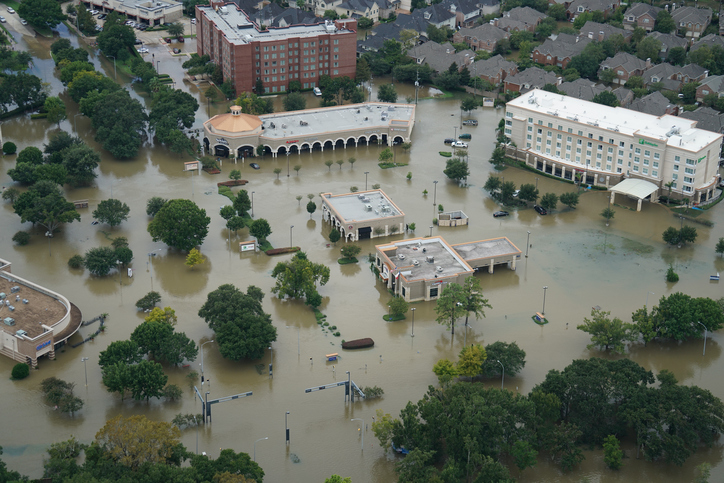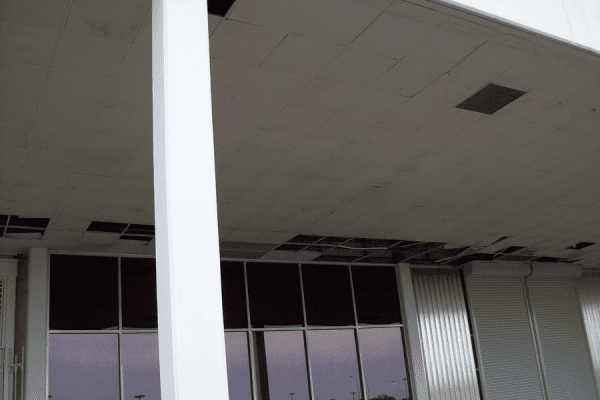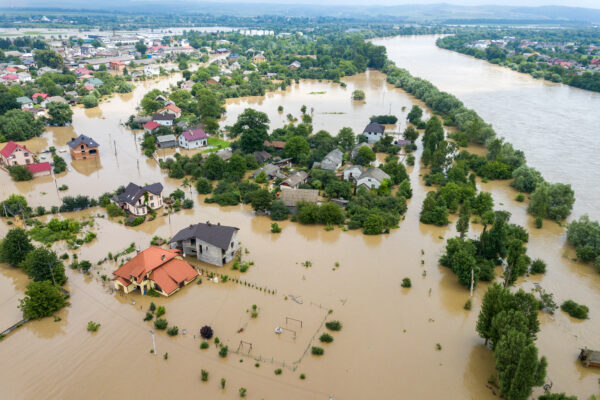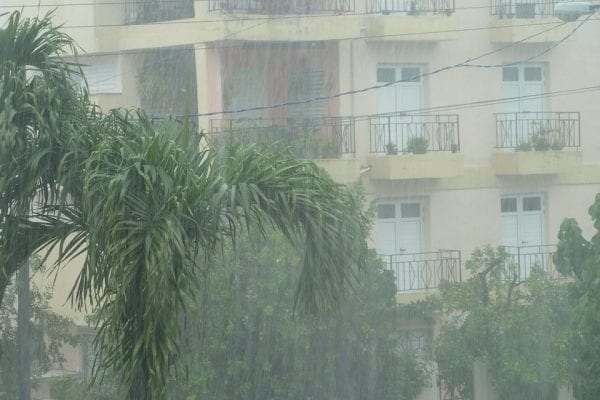Historic flooding in Houston has emergency workers scrambling to deal with the aftermath, while people from all over the U.S. and the world send prayers, well wishes, and practical assistance. Meanwhile, many observers are asking the obvious questions: Could this have been prevented? Who is at fault? And how do we move forward?
At GLE, we are engineers, architects, construction professionals, and environmental consultants. From our offices in Tampa and all over the Southeast, we watch these events unfold with the same horror and sorrow as everyone else. But also with the sad knowledge that events like these are predictable and will happen again, especially if the underlying problems aren’t addressed.
In fact, similar events happen on a much more frequent basis than we like to notice, though often on a smaller scale. In August of this year, New Orleans experienced flashbacks to Hurricane Katrina when several pump stations went offline and the stormwater management systems failed, leaving many streets flooded and causing untold property damage.
From an engineering and environmental standpoint, there are three primary factors that contribute to the devastation of these events: Infrastructure design & maintenance failure; facility location; and spreading urbanization.
1. Infrastructure Design and Maintenance Failure
The recent floods in New Orleans are a case study in infrastructural failure due to negligence. Despite billions of dollars in investment, some very basic aspects of the New Orleans stormwater management system failed.
First, a wastewater treatment facility in St. Petersburg was decommissioned earlier this year, despite warnings from engineering experts. Without the treatment facility, experts warned, St. Petersburg would be ill-equipped to manage a storm surge, and there was no plan to replace the capacity.
Second, routine stormwater management systems were neglected. Debris and vegetation filled in areas designed to transport water out of the city. This caused water to back up, leading to damage that could have been avoided with timely stormwater systems maintenance.
The situation in Houston is a little more complex, and it’s too early to have definitive answers regarding the infrastructural aspects of the disaster. One thing that is clear, however, is a problem that is common to most urban areas. The city’s stormwater management systems are designed to handle 10- or 15-year floods… not 500-year storms. Which leads us to the next cause of increasing flood risk: Facility Location.
2. Facility Location
The biggest problem is construction in low-lying areas and known floodplains and coastal areas. These areas are often desirable for development due to location, but their use ignores the impact of large rain events. Often, when people think about flooding, they think of hurricanes, but in fact most flooding is caused simply by rain, which causes stormwater back-ups, which then impacts developments in low-lying areas.
New Orleans, for example, was built below sea level, which means that simply keeping it from sinking below the water again, requires constant water management and an intricate system of pumps and conduits. These systems were originally designed to handle a certain amount of pressure, which is not equal to the amount of pressure brought by increasingly severe storms.
Although Houston is not built below sea level, over the past several decades developers have increasingly filled in floodplains and low-lying areas with developments, making them more vulnerable to flooding.
3. The Spread of Urban Areas
In natural environments, flooding is much less common and damaging than in human-made environments. Nature, in its raw state, is a well-tuned water management system: Deep, permeable soils such as those created by old growth vegetation act like a sponge to soak up excess water; trees and other plants suck water up out of the soil and respire it into the air; and meandering waterways slow the passage of excess water and disburse it, thus reducing its ability to cause damage.
In human-made environments, however, this system fails. Concrete, asphalt, and building roofs prevent water from reaching the soil. Trees and other vegetation are removed and replaced with buildings and parking lots. In new developments, the rich topsoil is often scraped and removed, leaving only poor soil below with inferior water retention capabilities, so that even where lawns and ornamental trees are planted, much of the water management system is depleted.
Engineered stormwater management systems are designed to reduce the impact of these human-made changes, but they’re only as good as their design, construction quality, and maintenance. When they are engineered to manage 15-year floods, they won’t necessarily be capable of managing more substantial flooding. When they’re not routinely maintained, they lose their ability even to manage ordinary storms.
Unfortunately, there is very little we can do on an individual basis about the first two problems. Pressuring your local municipality to address infrastructure problems can help, as can pushing for regulations to restrict construction in areas at risk for flooding, which are often the most desirable areas and to insist on more resilient city planning.
In regard to the third problem, owners and property managers have considerable opportunities to improve both the overall situation and the flood resilience of their individual structures and properties.
Five Tactics Every Property Manager Can Employ to Improve Flood Resilience
- Routinely maintain stormwater systems.
- Have a registered engineer evaluate your stormwater system for compliance with latest recommendations.
- Leave portions of your property in vegetation.
- Build swales, retention ponds, and other natural features to help slow the movement of water across and through your property
- Continue to care about stormwater and infrastructure even after the current crisis is past
We hope you and yours are safe and dry, and that you stay that way. Reach out to us if you have any questions about stormwater management in your area. Our experts are on call.






